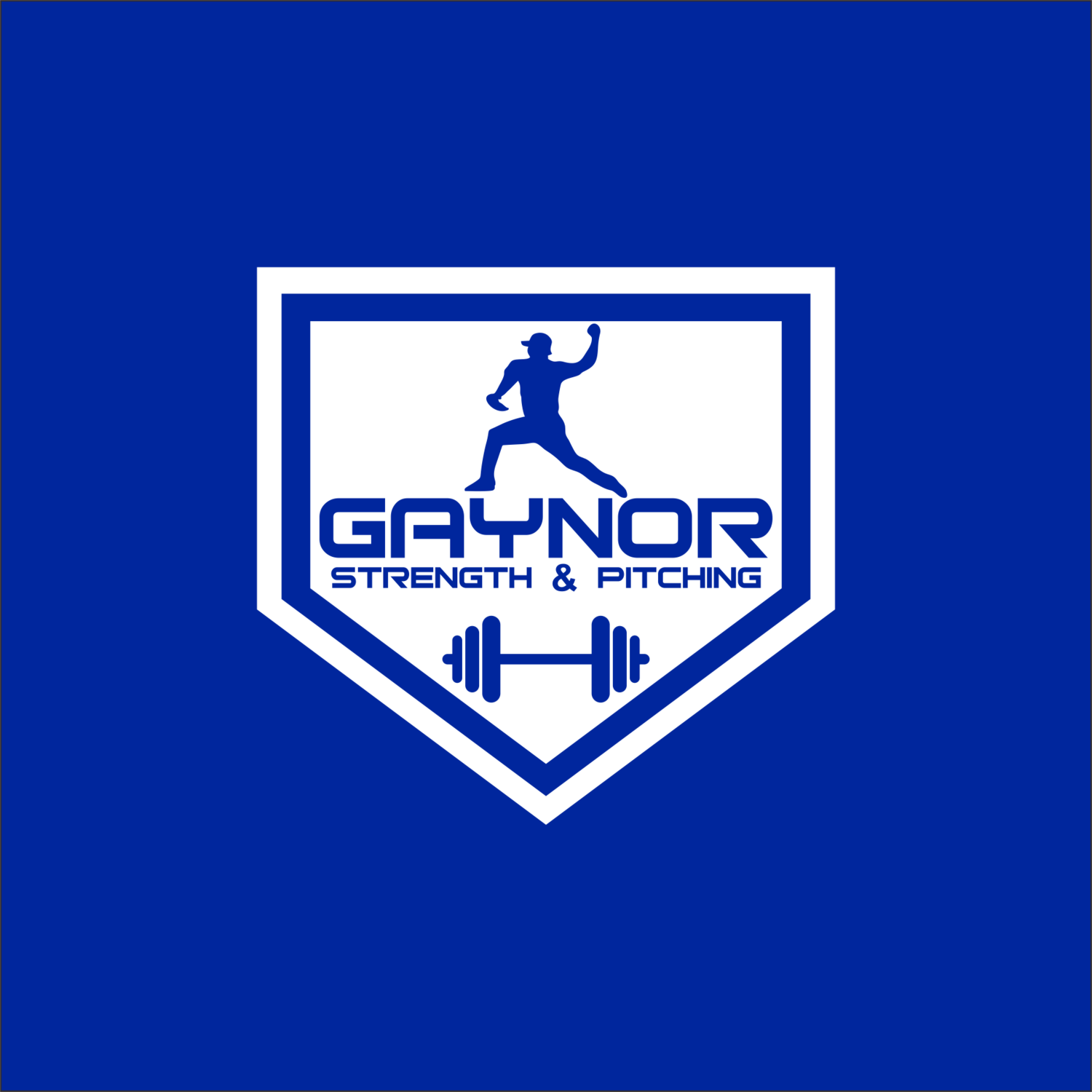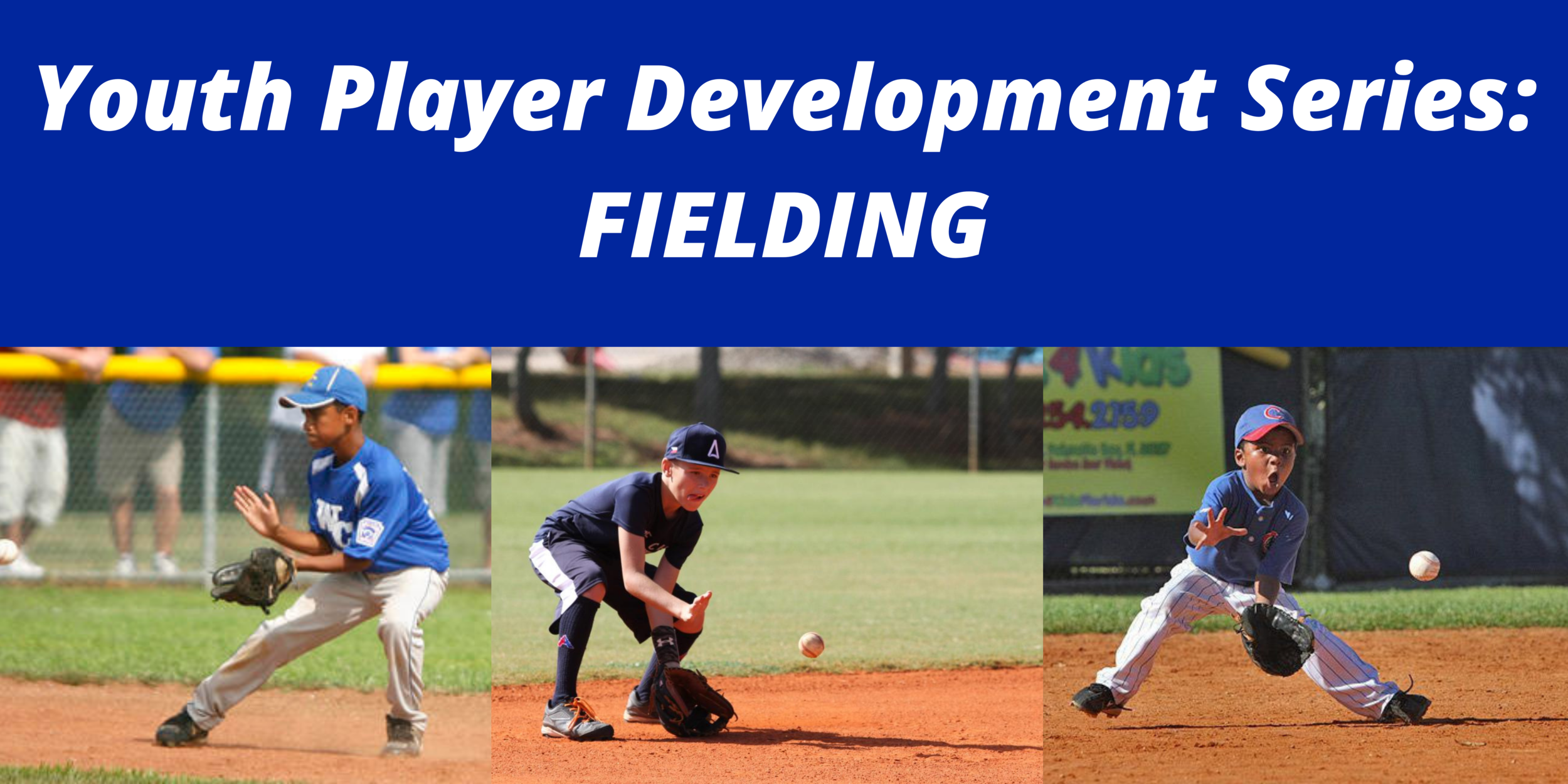Throwing volume for youth players is constantly talked about, but are they being educated on how to properly build up their workload and how to put their body in the best position to succeed? I’m afraid the answer is generally no. In this post I am going to lay out what an entire year would look like for a high school baseball player and what they can do to prepare their bodies to perform at a high level.
To start, here is an overview of what the entire calendar year would look like. I am going to go phase by phase, starting with the no throwing part of the year.
August-September (No Throw)
This is the time of the year I have designated as the off time from throwing. Now, let me elaborate on what I mean by this. I don’t want guys throwing the baseball during this time, but they can still perform all pre and post throwing drills, including reverse throws. As September hits they can start incorporating low intensity pivot picks as well. This will help expedite the on ramping period and allow guys to transition back into throwing easier without adding a lot of stress to the arm.
This time frame is mainly to focus on strength training and mobility work. It is really important to work on proper movement patterns during this time period as well. Improving your movement patterns in the weight room will transfer to the field. Being able to properly hip hinge, squat, produce force, etc. are all important aspects of throwing a baseball. There will be lifting throughout the year, but this time period is where almost all of your training economy goes into strength training.
October (On Ramping)
This is the month where we are starting to ramp back up and build the base for the high intensity phases to come. The main focus for this phase is to focus on throwing movement patterns with plyo balls and to increase long toss distance weekly. The first 2 weeks will consist of 3-4 days a week of throwing and the following 2 weeks consists of 4-5 days a week of throwing.
November-December (Velo Phase)
Now that we have built the base and have reached our max long toss distance, it is time for everyone’s favorite phase, velocity training. This phase will be slightly different from player to player depending on where they are at in their development, but every player will be doing high intensity throwing training during this phase with most doing pulldowns. Towards the end of this phase, athletes can also add mound velocity training to start blending to the mound.
January-February (Pitch Design)
At this point we are creeping up on the high school season and pitchers need to start preparing to get hitters out. During this phase some players will continue working on velocity training off the mound, while others will transition to mound work and pitch design. The goal during this phase is to optimize the pitcher’s arsenal and to transfer their off-season velocity gains to the mound.
March-May (In-Season)
All of the off-season training the athlete has put in is now reflected during this time of the year. In order to maintain those off-season gains it is important for the athlete to continue an in-season strength training program and to keep up with their in-season throwing protocols.
June-July (Summer Ball)
If it were up to me I would have guys use this time of the year much like the Winter, to focus on velocity and strength training, but I realize players are going to play Summer ball. Even though you are still playing during this time of the year, it is important to stay on top of strength training and to continue throwing protocols. At this point the athlete has been competing in an in-season mode for about four months, so it is really important to stay on top of everything in order to not lose all of your gains and to stay healthy.
Conclusion
This is just an example of what a year long throwing program can look like. There could be a few different variations of this depending on if you play Summer or Fall ball. At the end of the day you have to ask yourself what you want. If you just want to have fun and play high school baseball, then play Summer and Fall ball. If you have goals to play in college or professionally then you have to think about what you need to do to make that a reality. Usually it is not going to come down to playing more games, but rather to put your training economy into lifting and training.
As always, thank you for reading and please reach out with any questions. I also have recently become more active on YouTube. Be sure to subscribe below!
info@gaynorstrength-pitching.com
-Jared












Have you ever noticed that you throw almost the same speed at 80-90% effort as you do at…